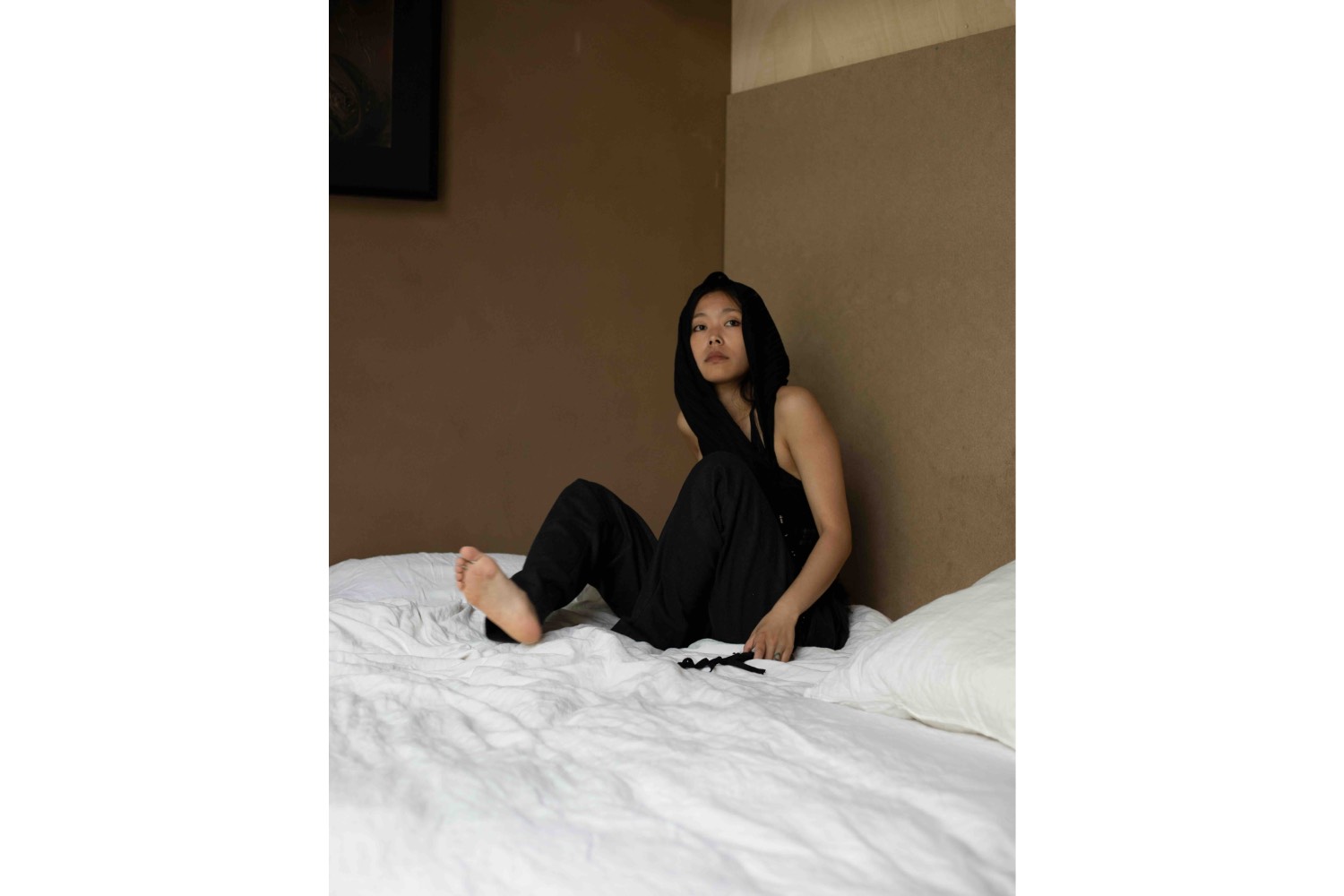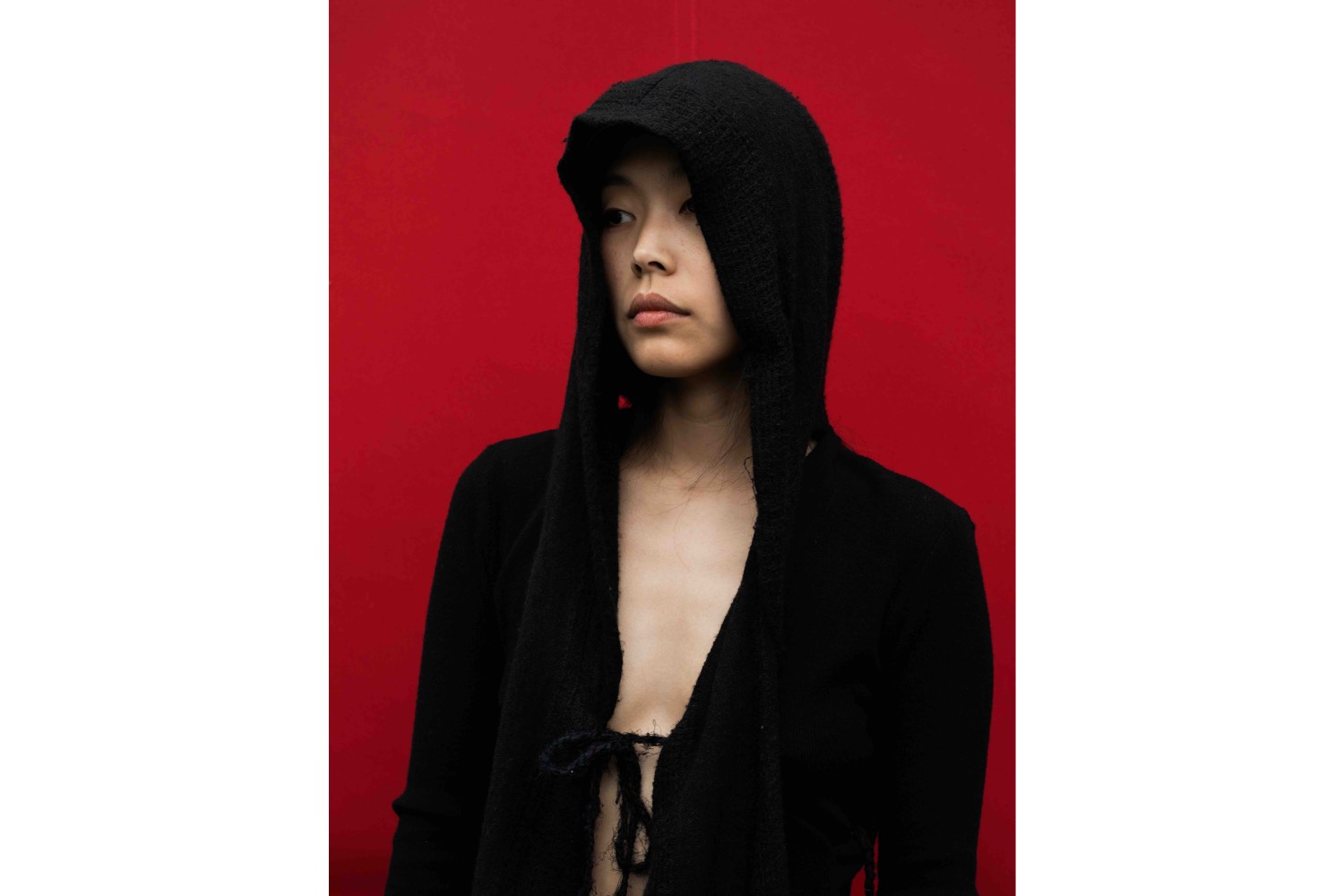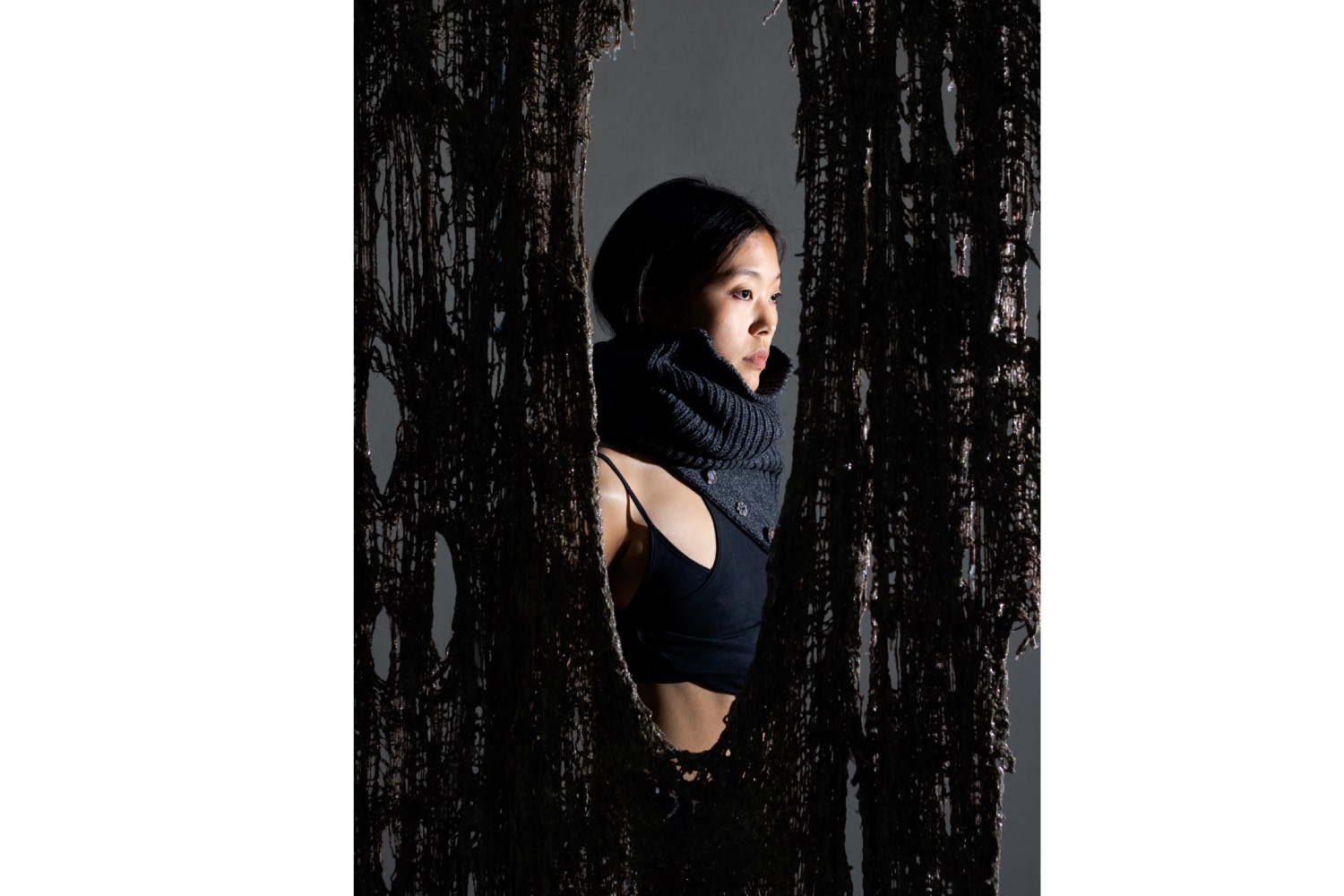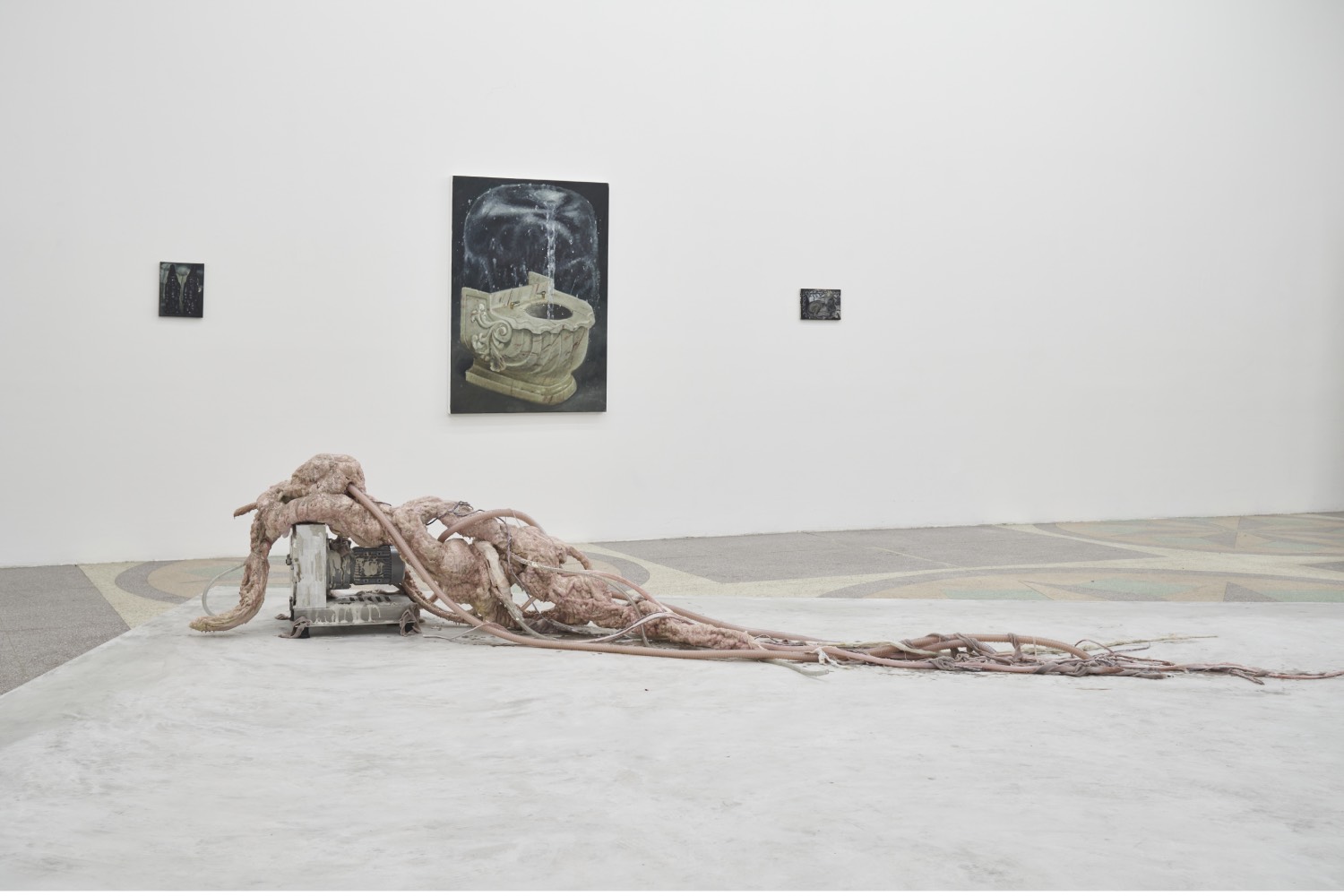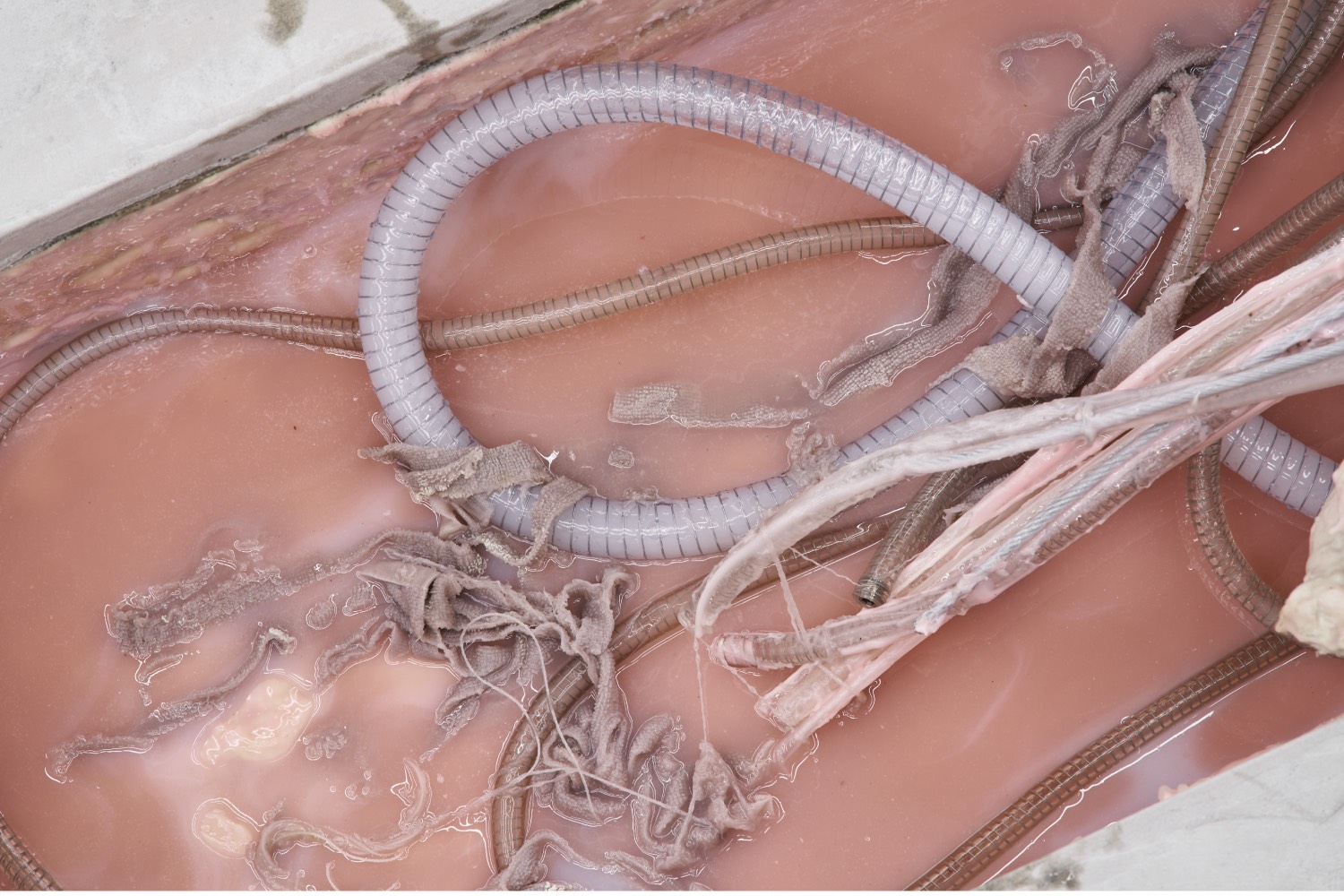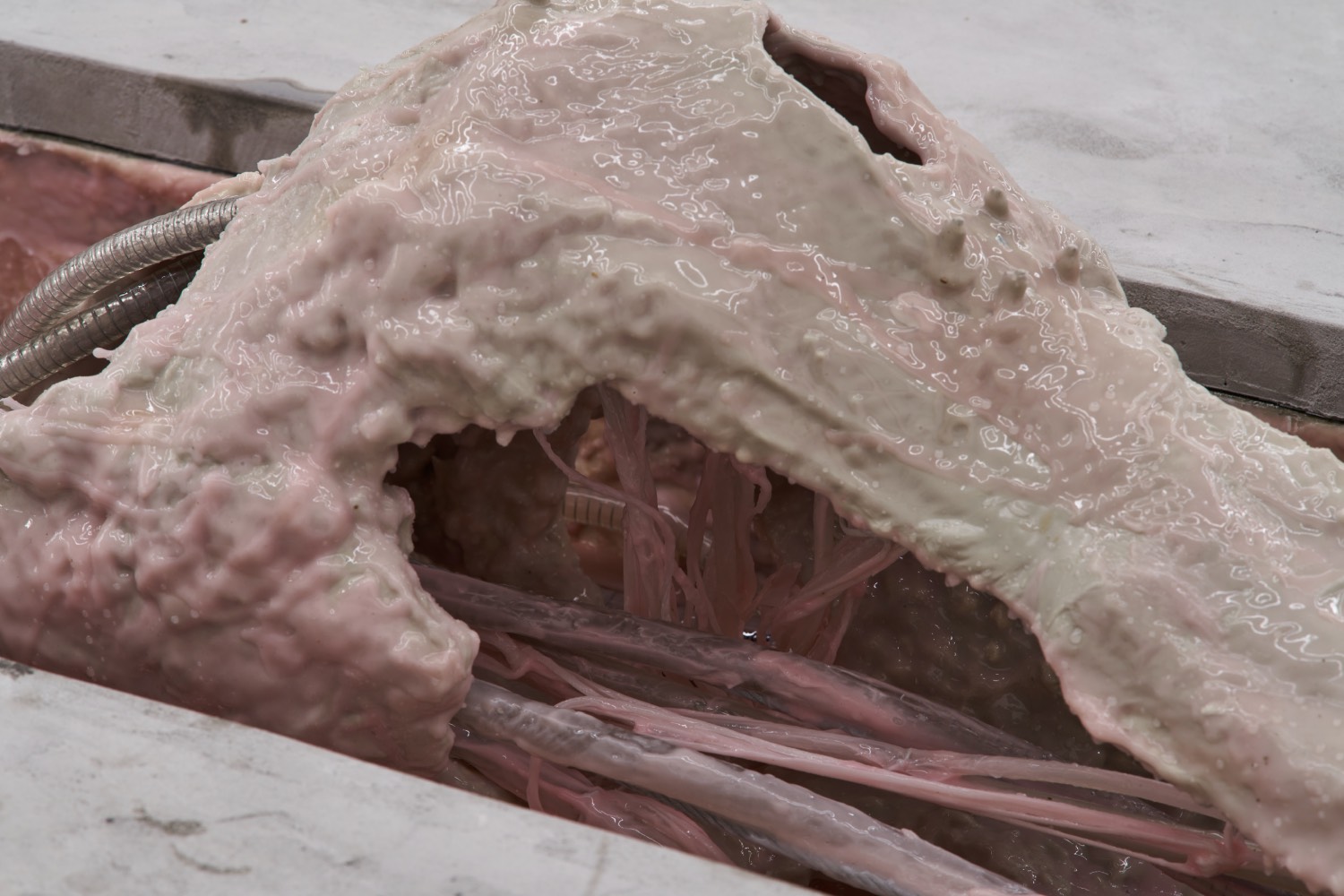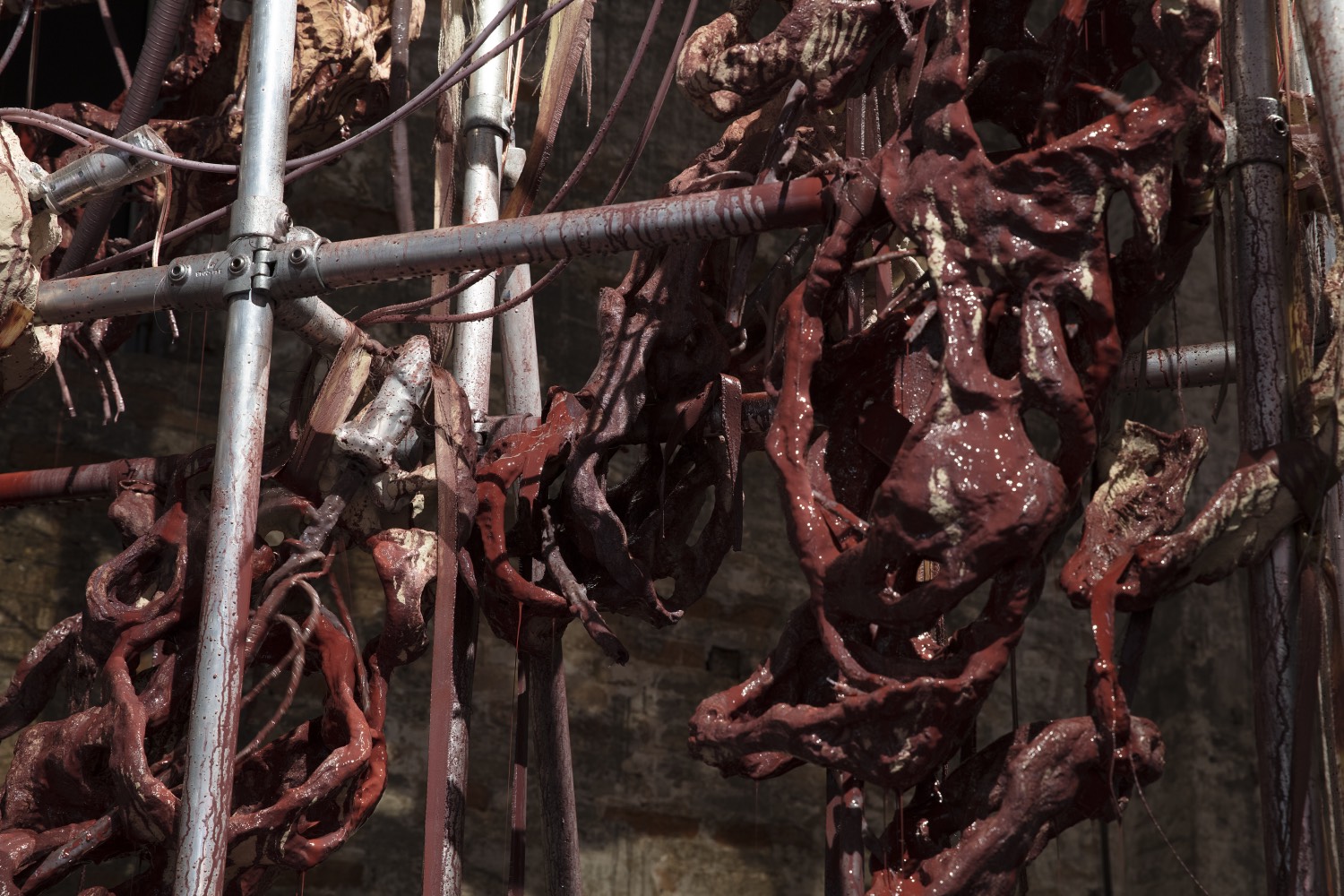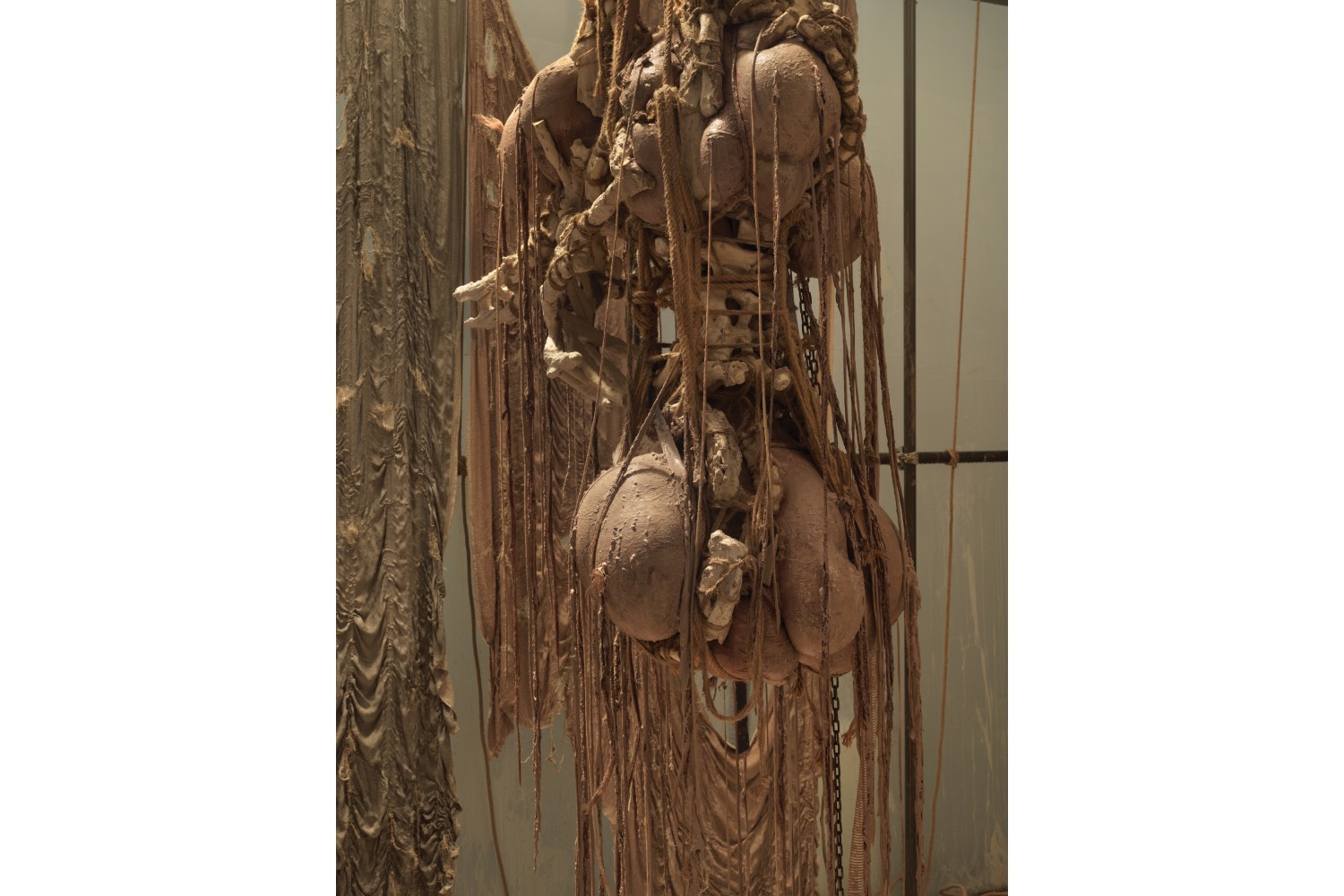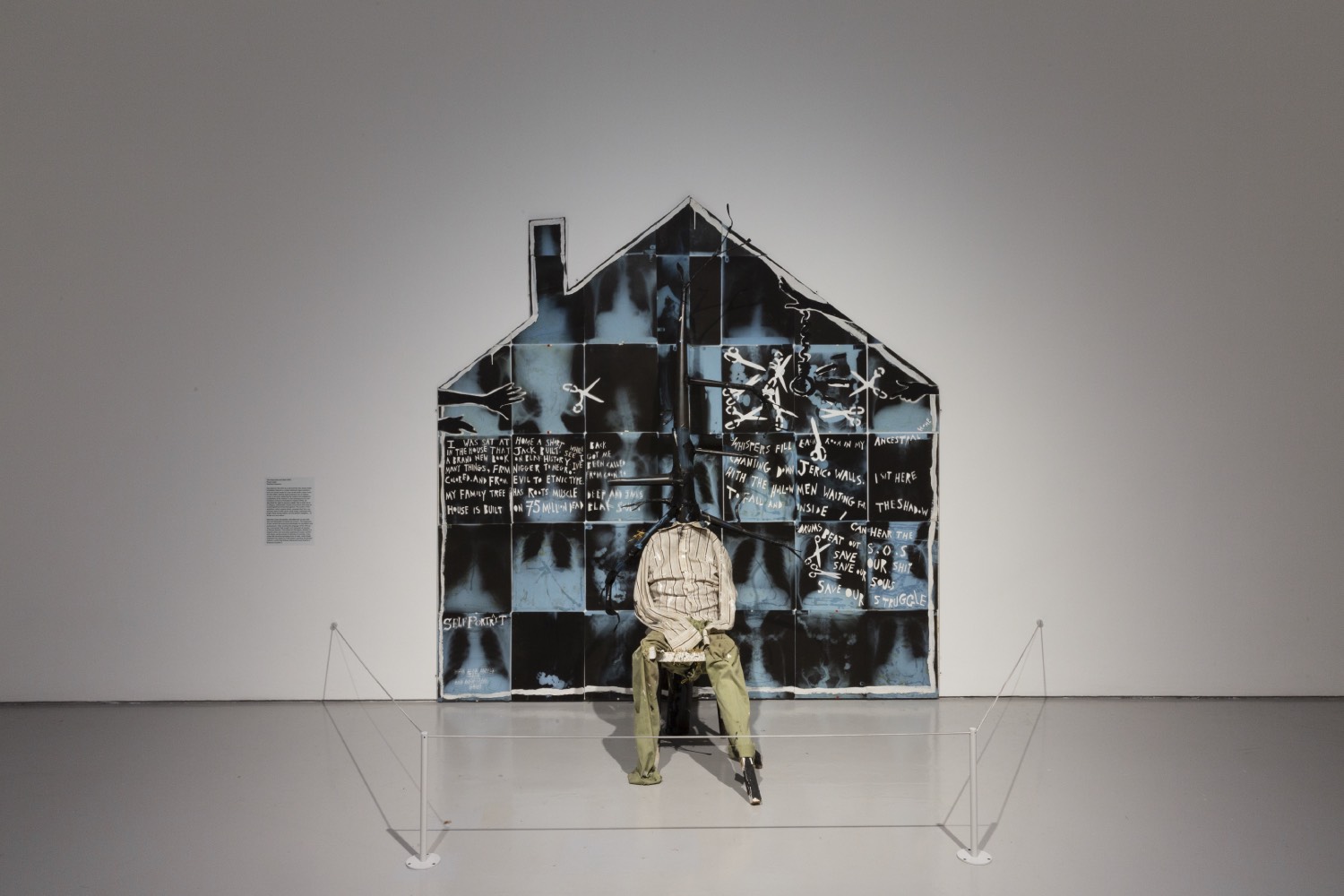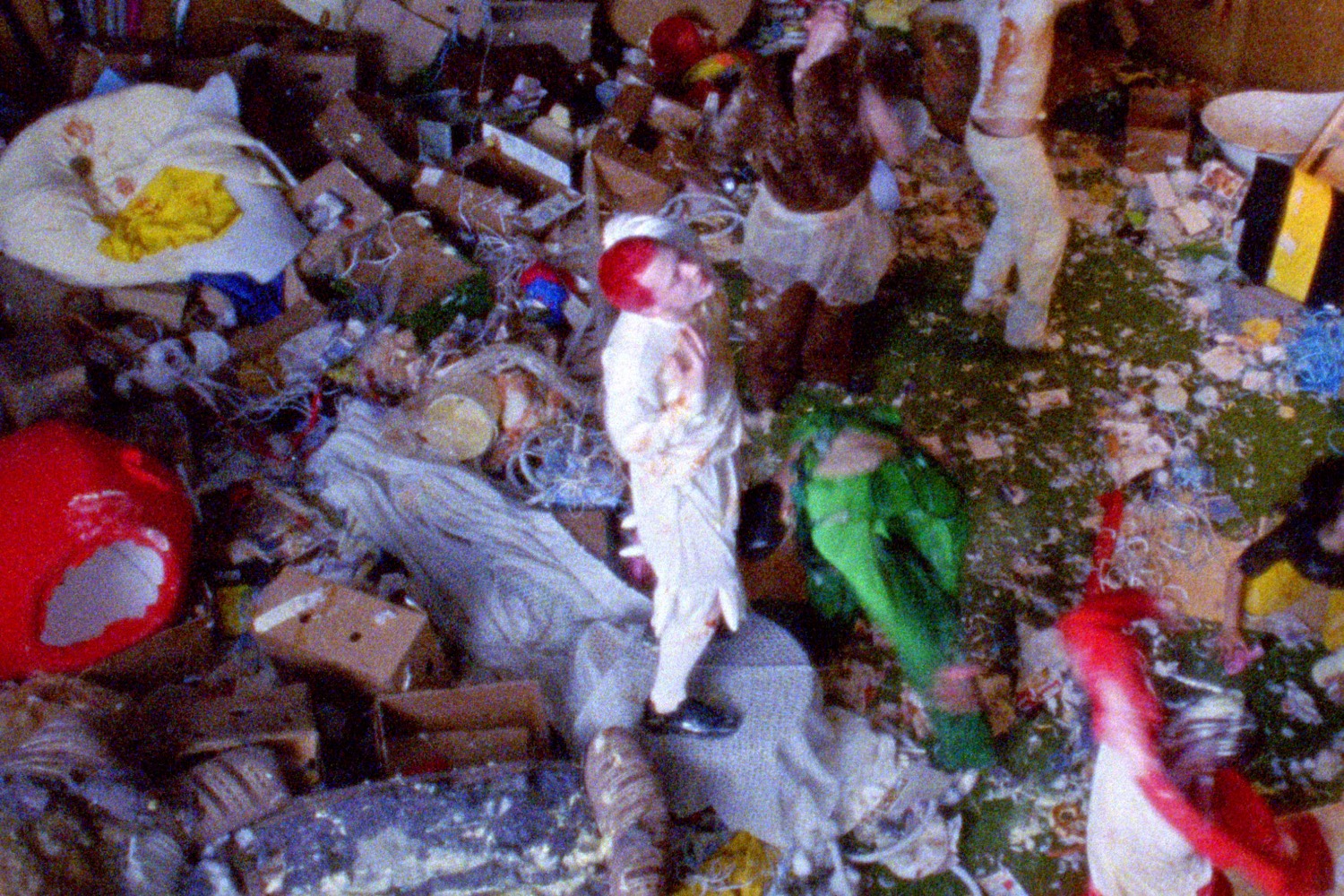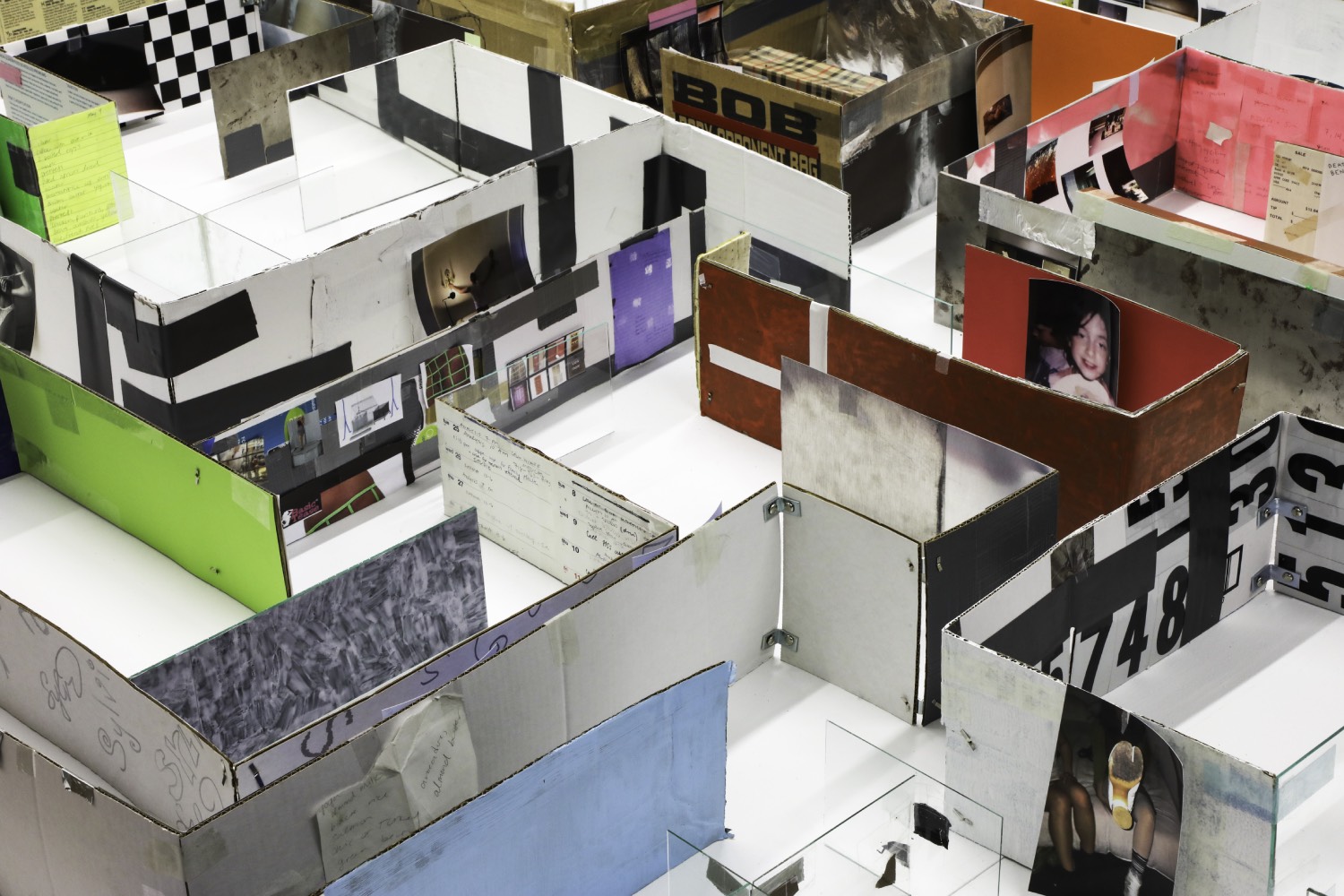Deep down, bodies are messy. Really messy. Filthy, sweaty, and grimy. All the soaps, creams, pastes, and perfumes can scrub or slick away only so much. Imagine that uncomfortable, sticky feeling of being ill for days on end, holed up beneath the duvet, sweating and dripping. You’re thick with a sweet, wet mustiness. Or picture the oyster that tasted off, and then BAM! You’re pure liquescence on both ends. And we’ve all had our heads down the toilet after one too many, non? We’re simply a microbe or a drink (or whatever) away from our insides coming out. From solids turning into liquids. From our own squalor.
Another example of the proximity to our primordial fluids will be forever embedded in my memory: when I watched my sister giving birth to my nephew, it was a moment of absolute magic merged with pure horror. Blood and shit and vomit and tears and sweat are the stuff of life — and of giving life. While rounded with potential, we too are bulbous matter punctured with holes. We are bookended with openings that double as exits. We are moist, slippery, and sticky. We are gloriously soiled. We are human.
When I look at the art of Mire Lee, all of these experiences are brought to the fore: the work makes a point of our abjectness. Her abstract installations often evoke the body in its amalgam of form and material: corporeal masses gaping or pierced, leaking or writhing, barely holding themselves together. Lee’s installation Endless House: Holes and Drips (2022), for example, presented at the 59th Venice Biennale, was comprised of a scaffold around which fleshy, tentacular forms coiled or clung. A nearby motor pumped pink liquid through transparent tubes that bled into sinewy shapes. These appeared to be dripping, hemorrhaging, discharging over a grate, emitting sharp sounds of dampness. Tinkle, tinkle, drip. Painting itself into being. Seemingly at once machine, human, and animal, the installation was a fusion of skeleton, epidermis, and metal — a dystopian construction site of the self. The effect was haunting, like having your own insides ripped out and lavishly presented at a grandiose scale upon scaffolding. For Lee, the body’s vulnerability is countered by a proposition of the interminable: she distills the human into oozing matter that is undeniably physical, and although it’s decomposing, it is, nonetheless, indestructible.
When I log on to speak to the artist over Zoom, Lee is already waiting, her long black hair tumbling over a black shirt. Though initially tentative, Lee is generous and conscientious with her responses to my questions; she thinks carefully and deeply, balancing seriousness and lightness, making the conversation feel fluid and generative. It’s also clear that Lee feels the weight of responsibility as an artist and of creating work that fulfills both her expectations and those of others. Growing up in South Korea with an artist father and a mother who taught high-school-level art, Lee spent most of her life in Seoul and studied at Seoul National University’s College of Fine Arts, receiving a master’s degree in sculpture. In 2018, she moved her studio to Amsterdam, having been accepted into the Rijksakademie residency, and she now lives and works between Berlin and Amsterdam.
The artist says, “I’ve always made sculptures and seen myself as a sculptor. Everything is a body or a mass, a volume, and then there’s a body of machines.”1 I probe Lee on her approach to the body and how her work often resembles deconstructed flesh, bone, and calcified skin, leaking or discharging. What drives Lee to engage with form and the figure? “I think maybe it’s about our imagination of the decay of our own body, something that is not in a solid form.” The machine is an essential force in Lee’s installations: humans, in all their conscious complexity — fragile and fallible — also become robustly automatic and unthinking. The artist mirrors the ways in which our organs function unconsciously, without any notable effort or feeling. The body becomes machine-like, and, in turn, the machine becomes mortal: cold metal morphing into something anthropological that we can recognize, and yet by which we feel repulsed.
Lee homes in on this hybridity, saying, “The pump that I often use has a short piece of hose inside, and it works in the same way as the intestines. So, the materials get pushed inside and then discharged. It’s the same as how we would take a shit. I think it’s very natural for me to [make work] related to bodies — as in, it has to move or eat or do something.” Artists such as Wim Delvoye have recreated the human digestive process with clinical precision — his “Cloaca” series (2000–10) saw highly technical contraptions comprised of pipes and containers that turned food into excrement — but Lee’s work is inherently sloppy and sensory, arousing an embodied response that speaks to us carnally. In this respect, her installations are perhaps more comparable to how people in the Middle Ages experienced their physical selves: paintings and reliquaries from this period are dripping with blood and gore, fetishized or tortured, the body seen as being powerfully inescapable even beyond death.
It’s perhaps the inevitable degradation of our bodies that situates Lee’s work so firmly in the realm of the abject, engaging with the horror or dread of our corporeal reality and the inevitability of our own eventual deaths. Exploring this subject in depth in her book Powers of Horror: An Essay on Abjection (1980), Julia Kristeva described this experience in psychoanalytic terms à la Sigmund Freud and Jacques Lacan, with an intrusion of the Real in the Symbolic Order — or in other words, order into chaos, rationality into madness, life into death. Cultural narratives of horror are often analyzed in relation to Kristeva’s concept of abjection, and Lee even titled her 2023 exhibition at the New Museum in New York after the theorist’s 1987 book Black Sun: Depression and Melancholia.
In the volume, Kristeva opens with a direct reference to the state of isolation and irrelevance that she felt when going through her own depression:
I am trying to address an abyss of sorrow, of noncommunicable grief that at times, and often on a long-term basis, lays claims upon us to the extent of having us lose all interest in words, actions, and even life itself. Such despair is not a revulsion that would imply my being capable of desire and creativity, negative indeed but present. Within my depression, if my existence is on the verge of collapsing, its lack of meaning is not tragic — it appears obvious to me, glaring and inescapable.2
Reading these words, Lee says she “felt very related,” and perhaps we all know how it feels to go through periods during which it seems nothing really matters, when existence seems to be on the verge of blacking out. When my mother died, I was left with what felt like a hole, an absence in my own body as well as in the world. I felt the loss of myself in connection to her body, her presence; a sun perhaps not extinguished but dulled, stultified. When I closed my eyes, I kept seeing her form deteriorating. Sometimes, death doesn’t happen immediately; it takes place slowly, over time. I can still recall the catheter they used to drain the urine that her body could no longer pass, the blood that came up from her stomach, the subcutaneous tubes, the morphine drip that would bleep whenever obstructed. One nurse said: in death the body elegantly shuts down. Such viscerality is mediated by Lee’s sculptural language, by the push and pull of impenetrability and leakage, touch and absence, human and machine.
I asked Lee whether she seeks to physicalize or materialize her own emotions within her installation, to which she replied, “I have no conscious intention to materialize or translate my own emotions into form or shape. But I have quite a strong desire to create a certain atmosphere, which comes from different layers: it could be about just color or lights or smell or the size of the room, or whatever.”
A room-sized installation by Lee recently filled the small upstairs space of Sprüth Magers in Berlin as part of the group exhibition “territory.” The artist lined the walls with metal formwork panels, dispersing cement mixers through the space, clatter, clatter, and filling the air with the dense and dusty scents of concrete, dried clay, and wood. Abstract bodies lay upon the floor like dried-up ribcages; strings hung from cavernous forms that, if pulled, would seemingly fall apart altogether. This was like a construction site that was neither building nor decimating but rather resting in some peculiar liminal space.
The installation referenced her 2022 show at MMK Frankfurt, “Look, I’m a fountain of filth raving mad with love,” which in turn was inspired by the Korean poet Kim Eon Hee, centering the hole as a metaphoric motif. Imagine rounded forms cast in concrete, fossil-like, suggesting at once bones, belly buttons, and anuses. In an interview with Alvin Li — a curator who has worked with the artist on numerous occasions — for Frieze, Lee emphasized, “What I love about Eon Hee’s work — and I know this from talking to her — is that she wanted to write poems so brutal that the paper itself would tear.”3 Lee integrates poetry into her series of wall-mounted sculptures she calls “Prayers” (2024), which use lead writing on burlap coated in resin, its clear, thick weight making the hessian heavy to touch, turning its natural texture into gaping wounds. You have to lift a flap of distressed material to read the poems: “A sentence that spreads open the center of the world with the tip of its tongue,” reads one in the work Prayers: Sentence (2024). The eroticism of this verse complicates the ground on which it lies, personifying language and shifting the coarse holes of the canvas into open mouths.
This autumn, Lee will take over the vast space of Tate Modern’s Turbine Hall, having been awarded the prestigious Tate Hyundai Commission. She tells me the work evokes miners’ changing rooms and is “really for people — for people to enjoy and just be around.” Lee’s been reading Michael Taussig’s My Cocaine Museum (2004) while preparing the exhibition, which is about the lure of the forbidden and how we make sense of the world. Modeled on the Gold Museum in Colombia’s central bank, it is a parody aimed at the museum’s failure to acknowledge the enslaved Africans who mined the country’s wealth for almost four hundred years, engaging with the essence and inner life of heat, rain, stone, and swamp, as well as with the sublime fetishes of evil beauty. Li — who is Tate’s curator of international art — underlines that Lee’s work “invites disorientation,” which then “slowly dissipates into a sense of intimacy, empathy, belonging, and hope… without following a fixed script.”4 As the youngest artist to ever be awarded the Commission, not only does Lee’s daring work flip the script, it rearranges letters, rips up the page, and it’s not hard to imagine the artist then unashamedly feeding it to the dog bit by bit.

